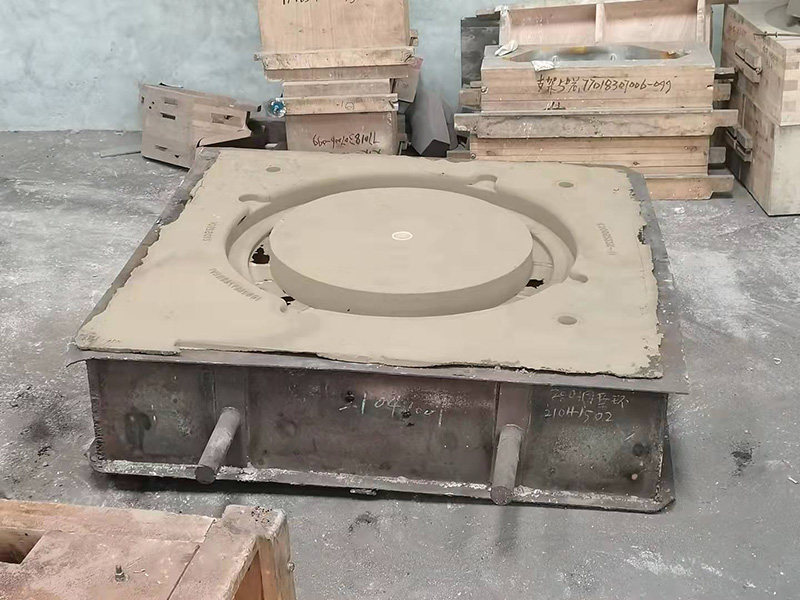Wet Sanding Resin A Comprehensive Guide
Wet sanding is a popular technique used in various crafting and finishing processes, particularly when working with resin. This method not only helps achieve a smooth and glossy surface but also minimizes the risk of dust particles interfering with the finish. In this article, we'll explore the benefits of wet sanding resin, the tools needed, and the step-by-step process to ensure a flawless finish.
Why Choose Wet Sanding?
Wet sanding involves using water as a lubricant while sanding down a surface. This technique is especially beneficial for resin projects because it helps to avoid the heat generated by traditional sanding, which can lead to scratching or damage to the resin. Moreover, wet sanding allows for finer grit papers to be used, resulting in a smoother finish.
Another advantage is the reduction of dust. Traditional sanding can produce a significant amount of dust, which can be a nuisance and health hazard. Wet sanding keeps the dust particles contained in the water, making the process cleaner and safer.
Tools Needed for Wet Sanding Resin
Before you begin, gather the following tools
1. Wet/Dry Sandpaper This type of sandpaper is specifically designed for wet sanding. It comes in various grits, usually ranging from 400 to 2000 grit, depending on the level of smoothness required.
2. Water You can use plain water or add a few drops of dish soap to enhance lubrication.
3. A Container A shallow dish or bucket to hold water.
4. Sponge or Cloth For wiping down the surface and keeping it clean during the sanding process.
wet sanding resin

5. Masking Tape To protect areas that you do not want to sand.
6. Polishing Compound Optional, for adding extra shine after sanding.
The Wet Sanding Process
1. Preparation Start by ensuring your resin piece is completely cured. Once cured, clean the surface to remove any dust or debris.
2. Choose the Right Grit Begin with a lower grit sandpaper (around 400) to remove imperfections and work your way up to finer grits (2000 or more) for a polished surface.
3. Wet the Surface and Sandpaper Soak the sandpaper in water and apply some water to the resin piece. It is essential to keep both surfaces wet throughout the process.
4. Sand in Circular Motions Gently sand the resin using circular motions, applying light pressure. Regularly rinse the sandpaper and the surface to remove debris and ensure an even sanding process.
5. Rinse and Inspect Once a desired smoothness is achieved, rinse the piece with clean water and inspect your work. If necessary, repeat the sanding process with a finer grit for added smoothness.
6. Final Polish If a high gloss finish is desired, consider using a polishing compound after the sanding is complete.
In conclusion, wet sanding resin is a valuable technique for achieving a professional-looking finish. By following the right steps and utilizing the proper tools, you can enhance the appearance of your resin projects significantly. Whether you are a seasoned crafter or a beginner, mastering wet sanding will elevate your work to the next level.
Post time:Set . 22, 2024 17:10
Next:why is sand casting used
